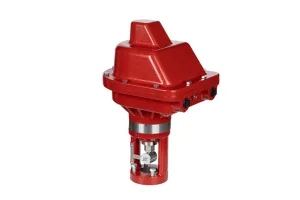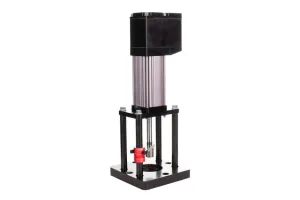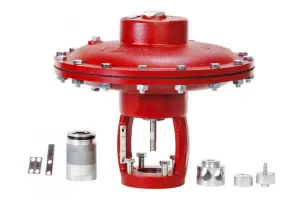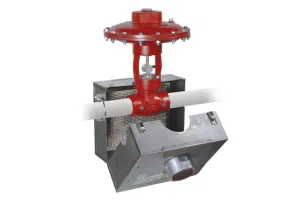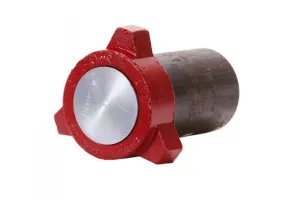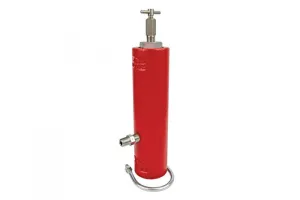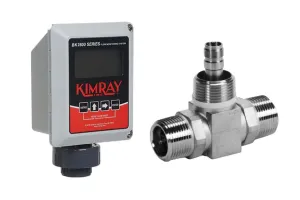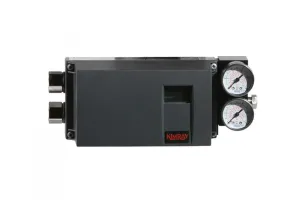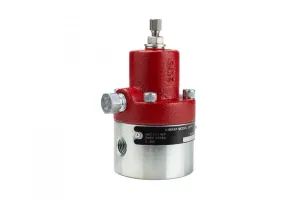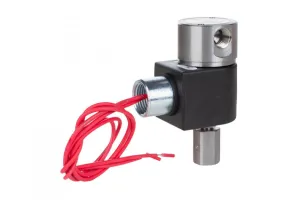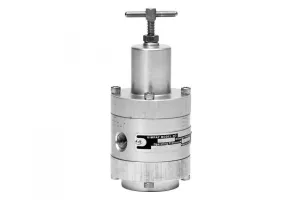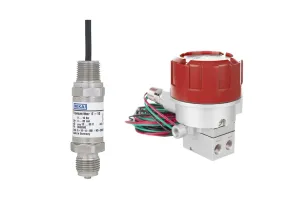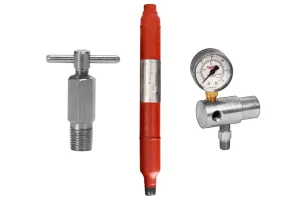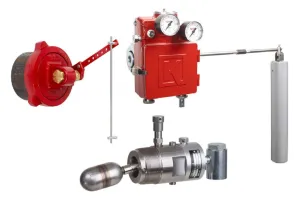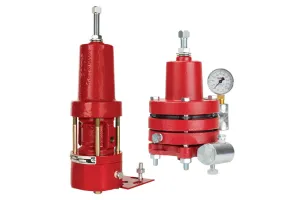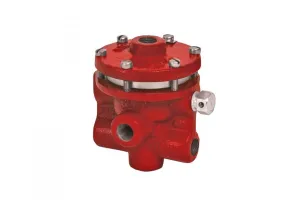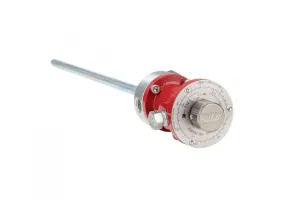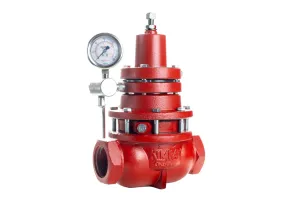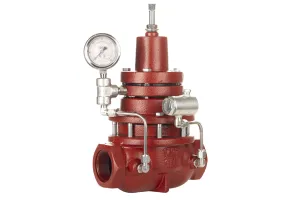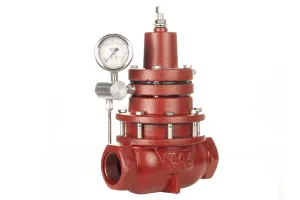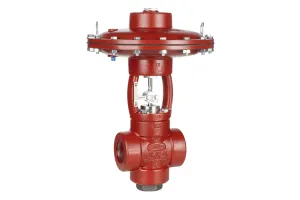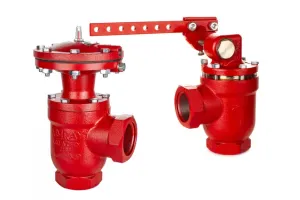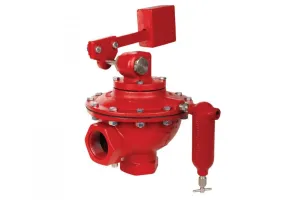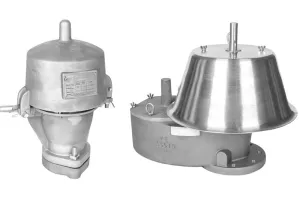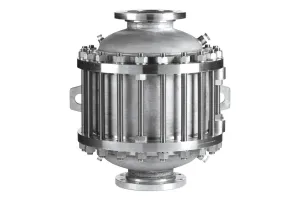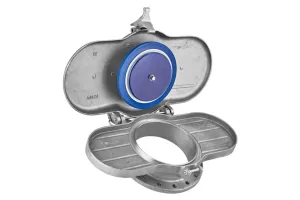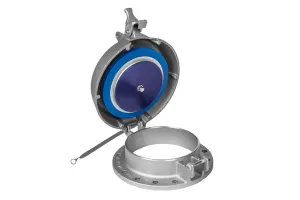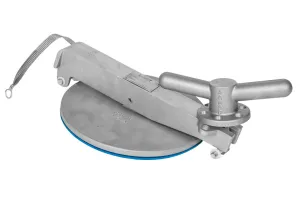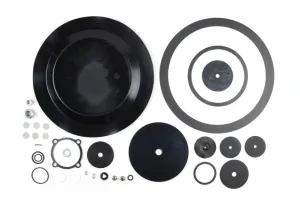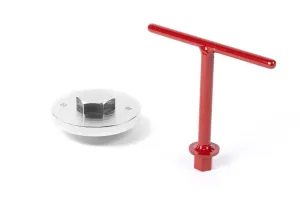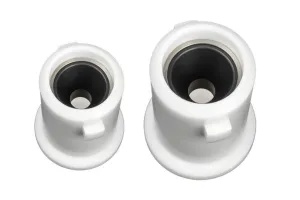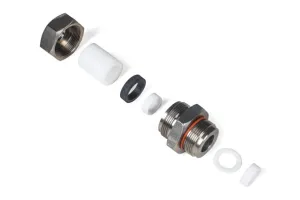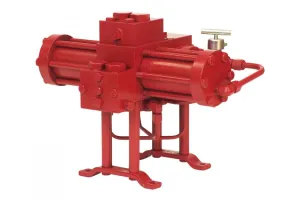Any time you are working in an oil and gas field, there are hazards you need to be aware of.
In this safety training video for oil and gas, we’ll show you how to spot some of these hazards and take the appropriate action so you go home safe at the end of the day.
H2S Safety, Lease Name & Coordinates
We assume you have been granted permission by the operating company and completed their safety training requirements.
Some sites may not have cellular service, so make sure your emergency contacts are aware of your location and estimated time of return.
Before leaving your truck, you want to do three important things to ensure wellsite safety:
1. Record Lease Name and Coordinates
You can take a photo of it or record it with paper and pen. This will help in case emergency responders need to find you, and you will need this information for your tailgate safety meeting.
2. Check for H2S signage
Hydrogen Sulfide is an extremely dangerous byproduct of oil and gas production. It is colorless, flammable, and can quickly cause serious injury if inhaled. If the site you are entering has H2S present, it will be noted at the entrance, which leads us to number 3.
3. Turn on your H2S Monitor
When you turn on your H2S monitor, allow it time to calibrate. Again, H2S is a very hazardous gas that you do not want to ignore. Take this step before stepping on site to protect yourself and your team.
12 Steps for Oil and Gas Wellsite Safety
Here are twelve steps to oil and gas safety when you are on site:
1. Watch for Cattle and Other Animals
When you open the gate, be aware of any cattle or other animals, and be respectful of the owner’s property. Avoid approaching or disturbing any animals on site. Be sure to close the gate after you’ve entered, and when you leave.
2. Park Upwind
Park upwind of the well site to avoid exposure to any potential hazards such as gas leaks or odors. Ensure your vehicle is not obstructing any pathways or access points, allowing for a clear exit if needed.
3. Wear Appropriate PPE
Make sure everyone is wearing appropriate PPE. This personal protective equipment should include the following at minimum:
- Hard Hat: Protects against falling objects.
- Safety Glasses: Shields eyes from debris or chemicals
- FR (Fire-Resistant) Clothing: Shields against flames or sparks
- Safety Footwear: Prevents injuries from heavy objects or hazards
- Hearing Protection (if required): Guards against loud noises
- H2S Monitor: Detects any harmful gas exposure
4. H2S Monitor
Ensure your Hydrogen Sulfide (H2S) monitor is active and positioned correctly within 9 inches of your breathing zone to detect any harmful gas exposure promptly.
5. Conduct a Safety Meeting
Conduct a pre-task meeting to discuss safety protocols and procedures. Identify primary and secondary muster points (assembly areas) upwind in case of emergencies and consider weather conditions affecting safety.
6. Follow Lease Holder's Safety Requirements
Follow any additional safety procedures required by the lease holder's safety department before entering the site. Attend any mandatory safety briefings to understand site-specific risks.
7. Use Walkways
Always use designated walkways and pathways to navigate around the site. Avoid stepping on berms (raised edges), which may pose trip hazards or potential instability.
8. Be Aware of Hazards
Stay vigilant for potential hazards such as slippery surfaces, uneven terrain, or pinch points (areas where you could be caught between moving parts).
9. Identify Obstacles
Before approaching any equipment or structures, identify and assess obstacles like berms, piping, and walkways to avoid accidents or collisions.
10. Report Spills
If you detect an oil spill or leakage, stop work immediately and report it to the lease operator. Prompt reporting helps prevent environmental damage and ensures proper cleanup procedures.
11. Identify Equipment Risks
Use tools like temperature guns to identify hot surfaces on equipment. Be cautious around vessels or piping that may be hot or under pressure. Assume equipment is hot if unsure.
12. Use Caution with Containers and Sheds
Approach closed containers or sheds cautiously, watching for potential wildlife like snakes that may pose a danger. Move slowly and carefully to avoid surprises or disturbances.
